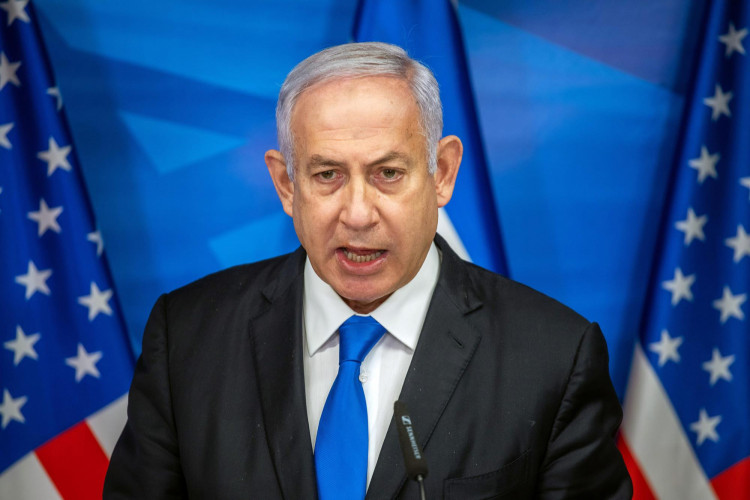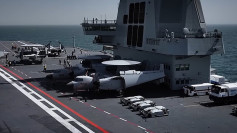Israeli forces have launched a full-scale ground operation in Rafah and begun establishing what Prime Minister Benjamin Netanyahu described as a new phase in the war aimed at dividing the Gaza Strip, intensifying one of the largest mass displacements since the conflict began. The offensive, concentrated around the southern cities of Rafah and Khan Younis, has triggered the flight of hundreds of thousands of Palestinians, many of whom had already been displaced multiple times.
"Last night in the Gaza Strip, we switched gears. The IDF is seizing territory, striking the terrorists and destroying the infrastructure," Netanyahu said in a video statement Wednesday. "We are now dividing the strip and increasing the pressure step by step, so that they will give us our hostages."
At least 97 people were killed in the past 24 hours, Gaza's health ministry reported Thursday, with 20 fatalities from a dawn airstrike in the Shejaia suburb of Gaza City. The ministry said more than 50,000 Palestinians have died since the war began, while Israel maintains that 1,200 of its citizens were killed in the Hamas-led assault on October 7, 2023.
Rafah, previously a refuge for more than one million displaced Gazans, is now the focal point of Israel's advance. The IDF has begun seizing a corridor known as the Morag Axis, located between Rafah and Khan Younis. Netanyahu described it as "the second Philadelphi," referring to a critical 14-kilometer corridor along Gaza's southern border with Egypt.
The move has raised concerns that Israel is preparing to permanently partition the enclave. "It means Israel or the IDF is going through a very clear process in order to keep areas under closed control by military forces that prevent movement from area to area," said Maj. Gen. (res.) Eitan Dangot, former Coordinator of Government Activities in the Palestinian Territories.
Human rights organizations have reported that Israel has already extended control over 52 square kilometers-17% of Gaza's territory-along the enclave's perimeter. Analysts say seizing the Morag Axis could deepen this division, splitting Gaza into three zones and intensifying Israeli oversight over aid convoys, civilian movement, and humanitarian logistics.
"The Morag Corridor could become a dividing line between Khan Younis and Rafah," said Col. (res.) Grisha Yakubovich, former head of the Civil Department at COGAT. "Holding these border zones puts pressure on Hamas while protecting Israeli communities."
Gazans are fearful the operation signals an intent to depopulate key areas. Rafah "is gone, it is being wiped out," said one father of seven who fled to Khan Younis. "They are knocking down what is left standing of houses and property." Adel Abu Fakher, whose tent was destroyed in Khan Younis, added, "We're being killed while asleep."
Israel has imposed a total blockade on the enclave, halting the flow of food, medicine, and fuel since the collapse of a U.S.-backed ceasefire in March. Aid agencies say markets have emptied and the healthcare system is nearing total collapse.
The renewed offensive followed a breakdown in hostage negotiations. Hamas rejected Israel's latest counterproposal for a 40-day truce in exchange for 11 hostages, demanding a permanent ceasefire and full Israeli withdrawal. Israel, in turn, said no aid would enter Gaza until a deal is reached. Hamas is believed to still hold 24 living and 35 deceased hostages.
The United Nations and multiple humanitarian groups have warned of catastrophic conditions as civilians are forced to flee yet again. The main road connecting Khan Younis to Rafah has been rendered impassable due to airstrikes, and bombardments along the coastal route have further restricted movement.
"Others stayed because they don't know where to go, or got fed up of being displaced several times," said Basem, a Rafah resident. "We are afraid they might be killed or at best detained."






